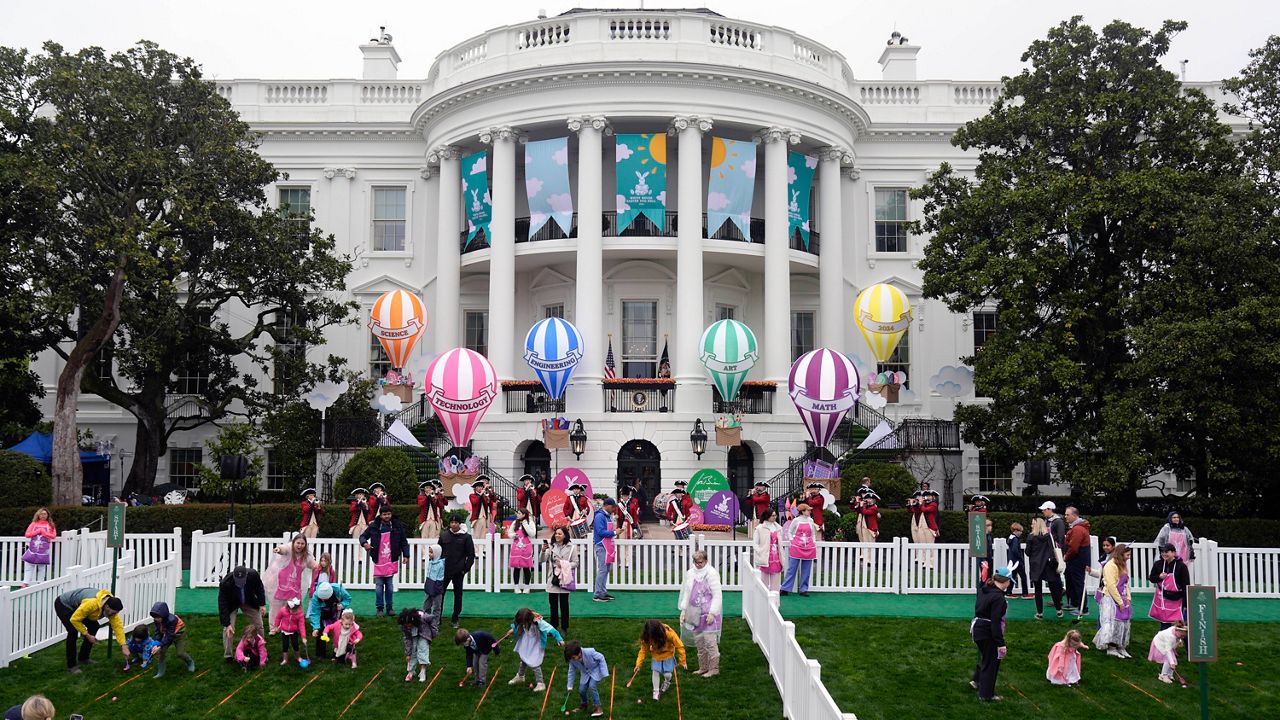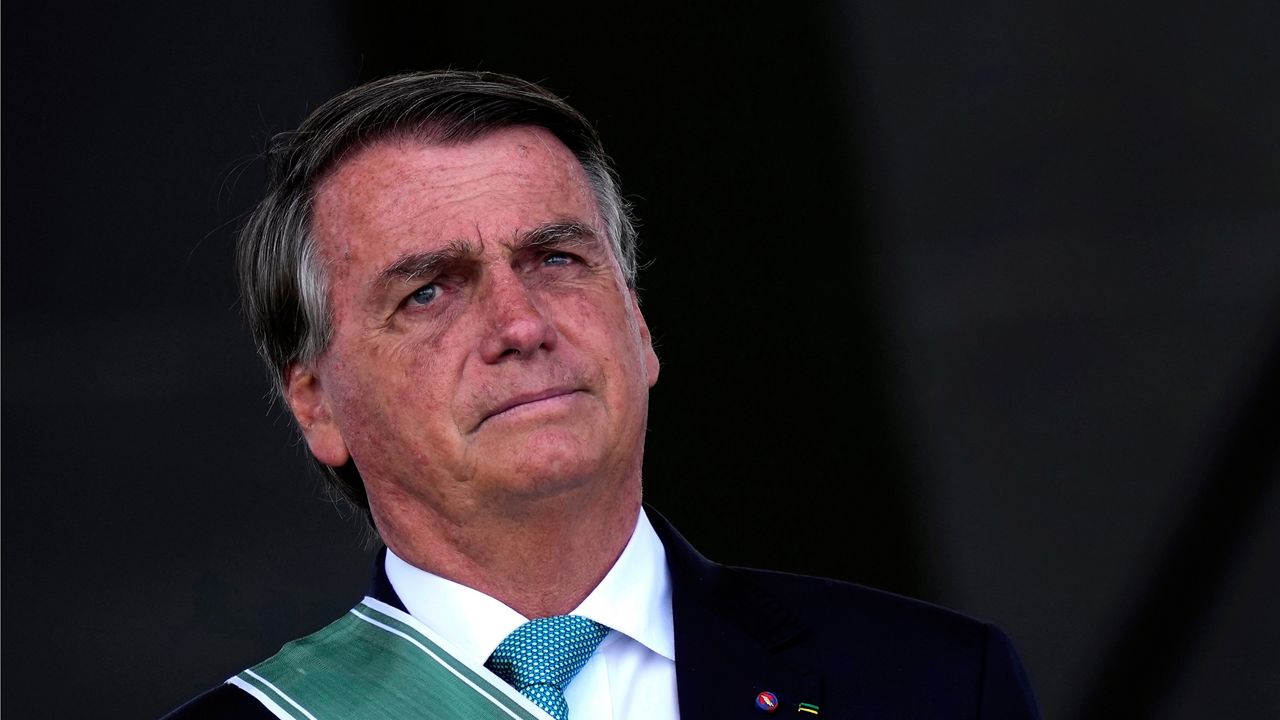The Federal Reserve's preferred measure of inflation fell last month in another sign that price pressures are easing in the face of the central bank's interest rate hikes.
Friday's report from the Commerce Department showed that U.S. consumer prices slid 0.1% last month from October and rose 2.6% from November 2022. The month-over-month drop was the largest since April 2020 when the economy was reeling from the COVID-19 pandemic.
Excluding volatile food and energy prices, so-called core inflation last month rose 0.1% from October and 3.2% from a year earlier.
All the numbers show more progress against inflation than economists had expected. Inflation is steadily moving down to the Fed's year-over-year target of 2% and appears to be setting the stage for Fed rate cuts in 2024.
After nearly two years of Fed rate hikes — 11 since March 2022 — inflation has come down from the four-decade highs it hit last year. The Labor Department's closely watched consumer price index was up 3.1% last month from November 2022, down from a 9.1% year-over-year increase in June 2022.
Encouraged by the progress, the Fed has decided not to raise rates at each of its last three meetings and has signaled that it expects to cut rates three times next year.
"A sustained easing in price pressures will support a shift in the (Fed’s) policy stance next year, from holding rates steady to lowering them over time,'' said Rubeela Farooqi, chief U.S. economist at High Frequency Economics. “”The exact timing will depend on how the labor market, inflation and growth will evolve next year. Based on our forecasts, we expect the Fed to start cutting rates by the middle of next year.''
Despite widespread predictions that higher rates would cause a recession, the U.S. economy and job market have remained strong. That has raised hopes the Fed can achieve a "soft landing'' — bringing inflation to its 2% year-over-year target without sending the economy into recession.
The U.S. inflation gauge the Commerce Department issued Friday is called the personal consumption expenditures (PCE) price index. It showed year-over-year inflation peaking at 7.1% in June 2022.
The Fed prefers the PCE index over the Labor Department's CPI in part because it accounts for changes in how people shop when inflation jumps — when, for example, consumers shift away from pricey national brands in favor of cheaper store brands.
Friday's report also showed that consumer spending rose 0.2% last month after rising 0.1% in October. Personal income rose 0.4% last month, a tick up from 0.3% in October.








